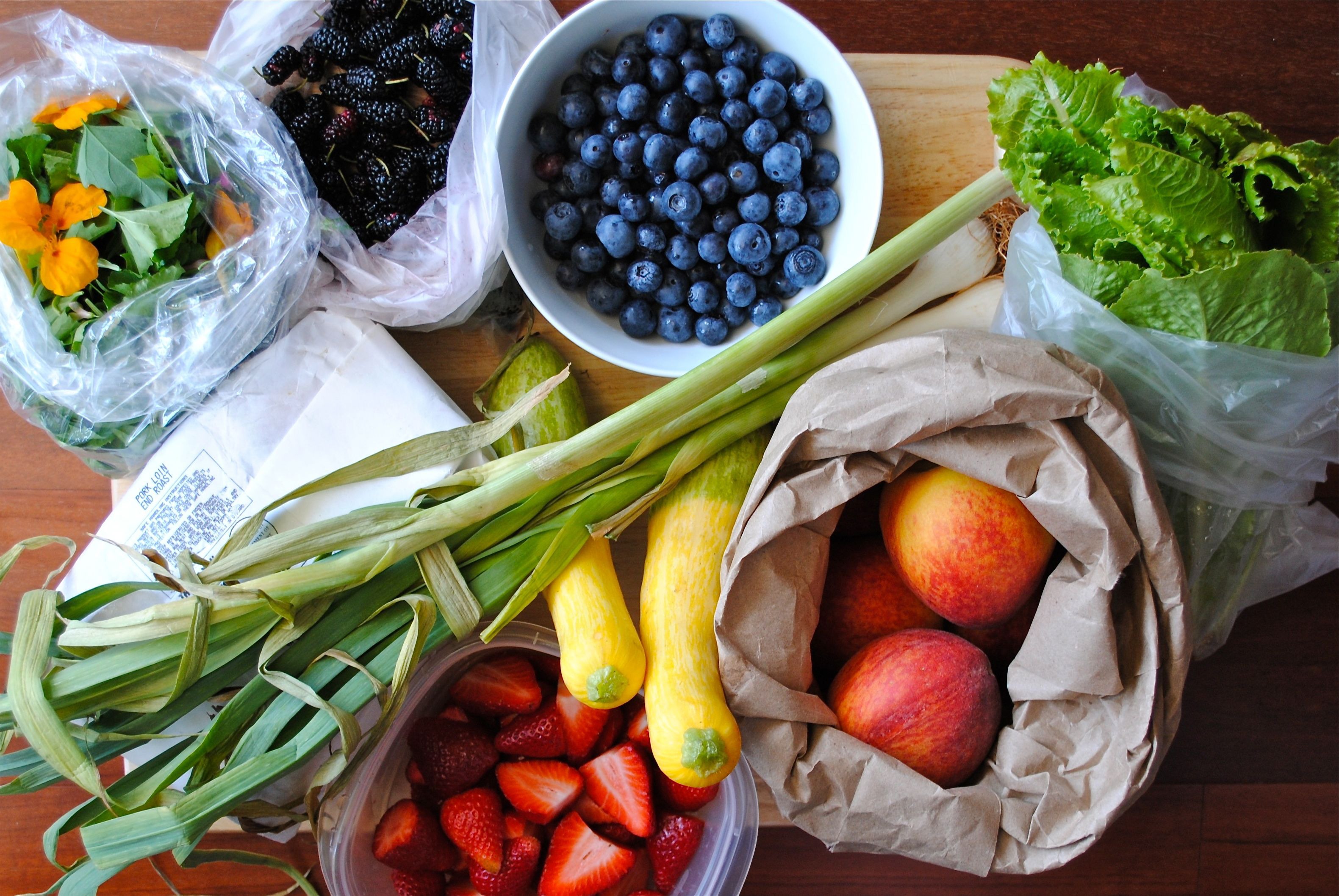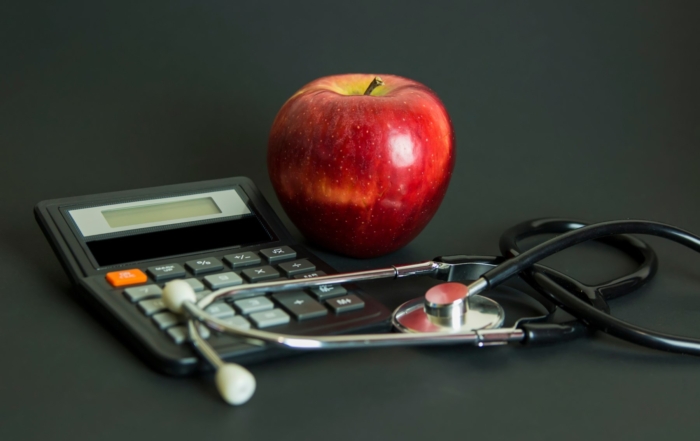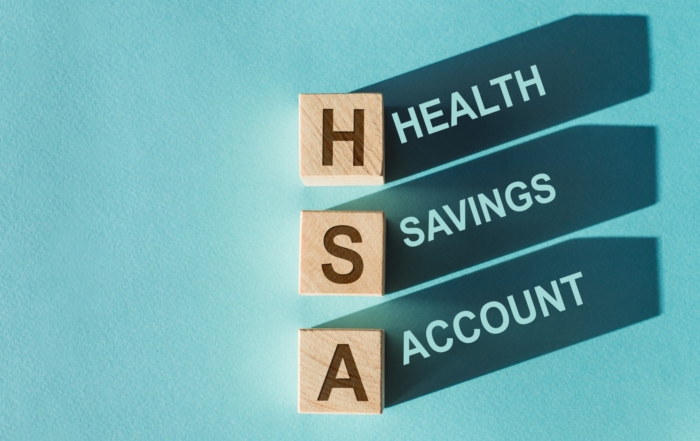Our eating habits, along with activity levels, affect our health more than anything besides smoking. When life gets busy, though, nutrition is often the first thing we let slip. Sometimes, getting a burger from the drive-thru just seems easier. But the meals we get away from home usually have less fruit, vegetables, whole grains and dairy — all of which are important for a healthy diet.
Food for thought
It takes some extra time, but planning ahead and making healthy meals and snacks can add years to your life.1 But with different diets becoming popular all the time, it’s hard to know what we should really be eating. Is it healthiest to cut out all breads and rice, and just eat steaks and eggs? Is it better not to eat any meat?
A healthy diet isn’t as simple as skipping entire food groups. All types of food add different nutrients that our bodies need. The key is to get the right balance of all of the food groups, and to choose the best sources for the nutrients you need.
Follow these tips to get the right balance in your diet:
- Carbs give your body the fuel it needs for physical activity and help your organs work properly. But some kinds of carbs are better for you than others. Whole grains, vegetables, fruits and beans are good choices. They’ll give you vitamins, minerals, fiber and more nutrients your body needs. Bad carbs come from refined grains, which make them easier to digest. Skip things like white bread, white rice, pastries, soda and highly processed foods, like packaged snacks.
- Protein from plant-based foods like beans and nuts is healthiest. Fish and poultry are also good sources. If you want to eat red meat, pick the leanest cuts, watch your portion size and only eat it once in a while.
- Fiber can help protect you against certain health problems. A diet with a lot of whole grains, beans, vegetables and fruits will help you get the fiber your body needs.
- Vegetables and fruits: These foods can also help protect your health. Go for color and variety: dark green, yellow, orange and red.
- Fats are part of a healthy diet, if they come from sources like plant oils, nuts and fish. Try to limit the amount of foods you eat that have saturated fats — like cheeses and meats — and avoid trans fats. Read the labels on packaged foods to make sure they don’t have any trans fat.
- Calcium is important for healthy bones. Milk and other dairy products are good sources for calcium, but they’re not the only ones. Nondairy sources of calcium include collards, bok choy, fortified soy milk and baked beans.
- Water has no calories, and you can find it anywhere. Skip the sugary drinks and have water instead.
- Salt can cause health problems if your diet includes too much of it. Choose more fresh foods and cut down on processed foods, which are usually high in salt. And read the labels of the foods you buy to check how much salt — listed as sodium — is in them.
- Alcohol can be healthy in moderation, but not for everyone. Moderate drinking for women is up to one drink a day; for men, it’s up to two drinks a day. There are benefits, such as improved heart health, but also risks, such as increased risks for certain health problems like breast and colon cancer.
- Daily multivitamins, especially one with vitamin D, can help your health. But don’t take more than what’s recommended, and make sure your doctor knows about any vitamins you take.
Keeping calories low when you’re on the go
When eating out, it can be hard to get the nutrients you need. Here are some tips for healthy eating away from home.
- Order water or unsweetened tea instead of drinks with added sugar.
- Start your meal with a salad (with dressing on the side). It will help you feel full sooner.
- Choose dishes that include vegetables, even if it’s only pasta with tomato sauce.
- Order steamed, grilled or broiled foods instead of ones that are fried or sautéed.
- For car trips, pack fresh fruits or vegetables, low-fat string cheese or a handful of unsalted nuts to snack on.
- Skip the buffets. Order small or half-sized portions, when you can. Or, ask for half of your food to be packaged to go when you order.
- Order fruit for dessert.
Too much of a good thing
Even if you try to eat a balanced diet, portion sizes can work against you. Find out what a serving of a particular food looks like on a plate so you’ll know if you’re eating too much or too little. You can also try using smaller plates for your meals. And serve plates at the stove instead of at the table, so you think twice before having seconds.
Recent Posts
IRS Guidance on Nutrition, Wellness, and General Health Expenses
The Internal Revenue Service (IRS) has recently highlighted that costs associated with nutrition, wellness, and general health do not typically qualify as reimbursable medical expenses [...]
HSAs Today and Every Day: A Triple Threat Against Rising Healthcare Costs
The healthcare landscape is constantly evolving, and in 2024, rising costs remain a top concern for both employers and employees. Fortunately, Health Savings Accounts (HSAs) [...]
April Showers Don’t Cause Accidents (Distracted Driving Does): Stay Safe on the Road This Month (and Every Month)
Spring is here, and with it comes April's designation as Distracted Driving Awareness Month. While the changing seasons and blooming flowers might tempt you to [...]




